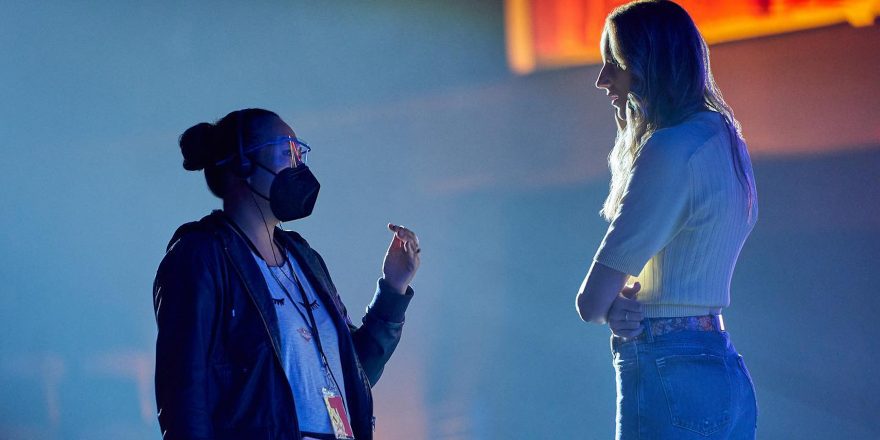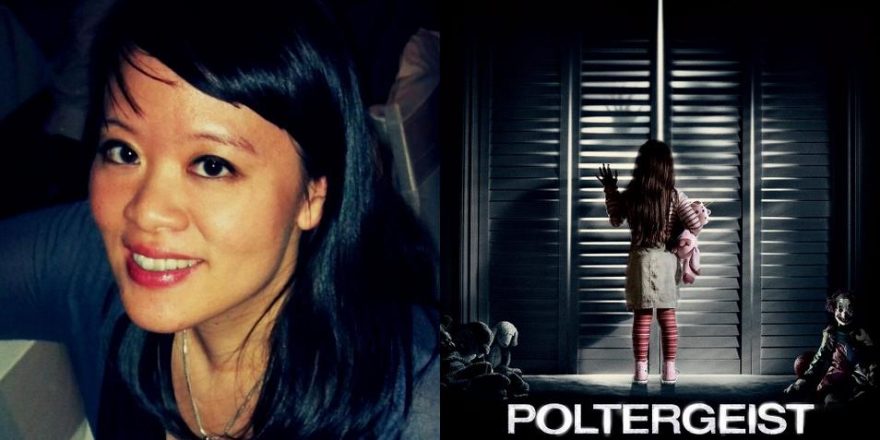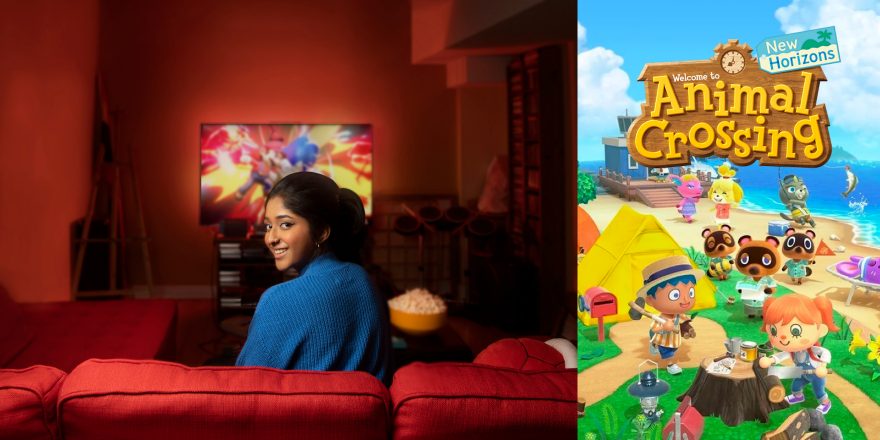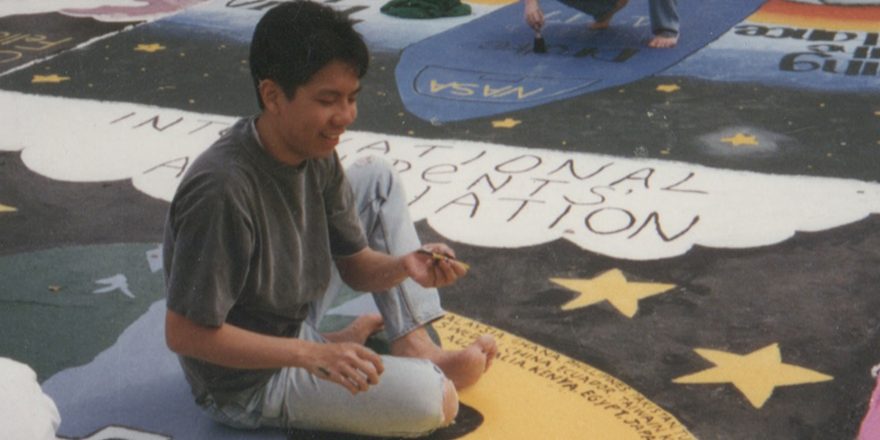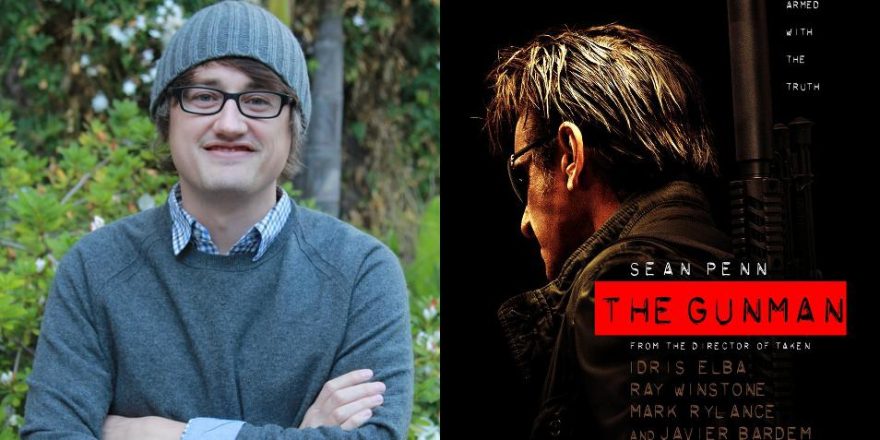In November 2020, I got the call that I had finally booked my first studio job, directing Netflix’s Tall Girl 2. Before this, I truly thought that it was game over for me. I graduated film school 20 years ago and have spent the last two decades working for my family’s toy business. Even though I had been producing and directing indie films on the side for about 10 years, my latest film, Go Back to China, bombed when it opened in theaters in March 2020, with a very ill-timed title. And then I landed my dream job.
Honestly, I was terrified of going into the great unknown with Tall Girl 2. I remember at the time that I wished there was a primer that could walk an indie filmmaker through what to expect in the studio world. So that’s what I want to share with you – some lessons and advice I picked up in my first year of studio filmmaking.
1. You will most likely have less experience than your crew, but don’t be afraid to take this opportunity to learn from them.
At the studio level, you will get to work with an insanely experienced crew, some of whom you may have even admired for a long time. And that can be pretty intimidating. For example, I was so nervous when they told me that my D.P. was going to be Shane Hurlbut, a world-renowned cinematographer who has shot tons of high-profile Hollywood movies, like Terminator Salvation. How could I possibly tell him how to shoot this movie?
But Shane turned out to be not only the most friendly guy, but also incredibly collaborative. We shotlisted the entire movie together, side by side. He taught me so much about how to evoke certain emotions with camera movements and placements. And he never once made me feel stupid or inexperienced for asking him questions. So, I got over my fear and just asked him tons of questions all the time. I felt like I was being paid to get taught by one of the best working professionals in the business.
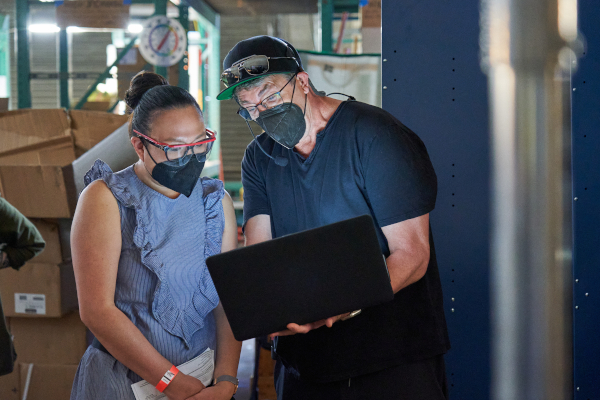
The downside of working on a studio movie is that you probably won’t be able to hire your friends you’ve worked with in the past. As much as I wanted to bring on some of my usual collaborators, the reality is that if it’s your first time directing a studio film, the studio has to surround you with people who have tons of experience at this budget level. If your friends only have indie or even TV credits, they probably won’t be approved. But your friends will understand. And hopefully with more experience and clout next time, you will be able to bring some of them on.
2. You will probably have more creative freedom than you expect, but you should still be prepared to seek approval on certain choices.
On both of my indie films, Already Tomorrow in Hong Kong and Go Back to China, I was the writer, director, producer and the financier, which made me the studio as well. I was always able to do whatever I wanted, without having to seek approval from anyone. Coming into my first studio film, I genuinely didn’t know how much creative freedom I would have and if I needed to run every little decision by the studio. This is also a sequel, so I didn’t know what the expectations would be in following the blueprint set by the first film.
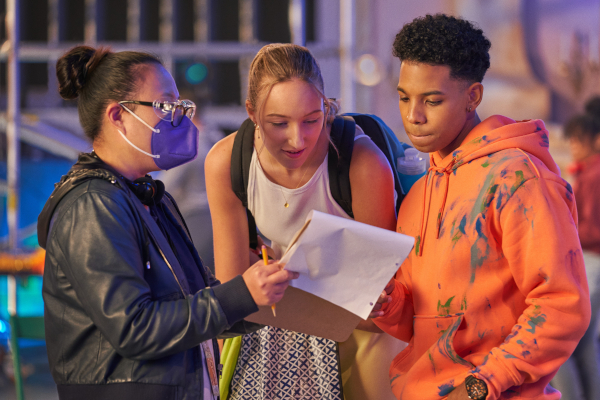
Luckily, the studio gave me full creative freedom when it came to the look of the film, since the film’s protagonist Jodi was now on a brand new journey. I was able to introduce a more colorful palette and softer, warmer lighting to convey Jodi’s newfound confidence. My D.P. Shane and I did a presentation on some of the more stylized shots, but otherwise, we were given full freedom on the way we wanted to shoot the film and didn’t have to present any storyboards. The two areas that required more approval were costume and music. Every studio executive has different priorities, and these just happened to be the most important departments for ours.
3. You will probably get tons of notes, and you should always try them.
This is probably the biggest difference between indie and studio filmmaking (aside from the paycheck). While I always welcomed notes and suggestions from the cast and crew on my indie movies, I ultimately had final cut. But when you’re a director-for-hire on a studio film, the biggest part of your job is to take notes and figure out a way to address them. Sometimes the notes can feel overwhelming and demoralizing, and you’re not going to always agree with them. But here’s a very important piece of advice: you should always try the note, even if you don’t agree with it. Sometimes a note that seems ridiculous on paper may surprise you in the cut and actually make the film better.
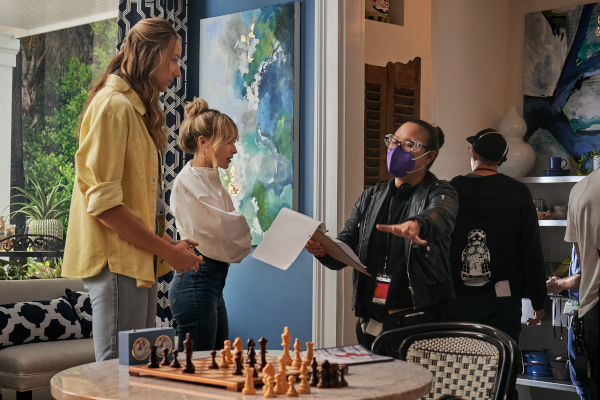
And what if you try the note and it just didn’t work? Then you should make a respectful case to the studio on why your version is better in the context of the film. Most of the time, they will agree with the director. And what if they don’t? Well, I definitely lost a few battles in the edit room on this film. But it’s OK. I know that I did my best and I spoke up for what I believed in. When I step back and look at the big picture, I’m really proud of the final film, even if there were a few choices in there that wouldn’t have been my preference.
4. At some point in this process, you’re probably going to feel imposter syndrome, question your creative contribution, and wonder if you’re cut out for studio filmmaking.
Even though I had the time of my life directing Tall Girl 2 last year, there were definitely days when I just wasn’t sure if I was the right fit for studio filmmaking. There were times when I felt like I didn’t really deserve this opportunity and that I just got lucky. Whenever I lost a creative battle, I felt like I was just executing someone else’s vision, and I wondered if I had the will to continue with this process. It is totally normal to have these thoughts. In fact, Tall Girl 2 is all about that voice in your head that tells you that you’re not good enough and that you don’t have what it takes. But just like Jodi does in the film, I needed to overcome those voices that were trying to bring me down and find the ones that lifted me up.
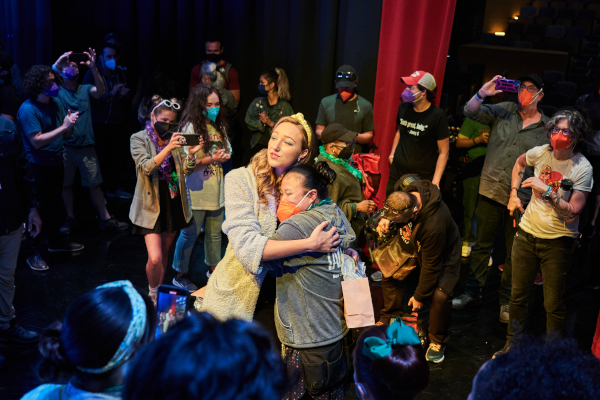
So to myself and to whoever needs to hear this: you are good enough. There will always be people who have more experience than you. But the studio obviously saw something in your body of work and creative vision to hand a hit franchise over to you. Yes, there may be a lot of cooks in the kitchen giving you their opinion, but anyone familiar with your work can see that the film looks and feels 100 percent like something you would make. Even when it became challenging, you didn’t quit, and you kept going until you figured out a solution to solve the problems. You are cut out for this, and you will get to do it again.
Featured image shows director Emily Ting with actor Ava Michelle on the set of Tall Girl 2. Picture by Scott Saltzman/Netflix.



